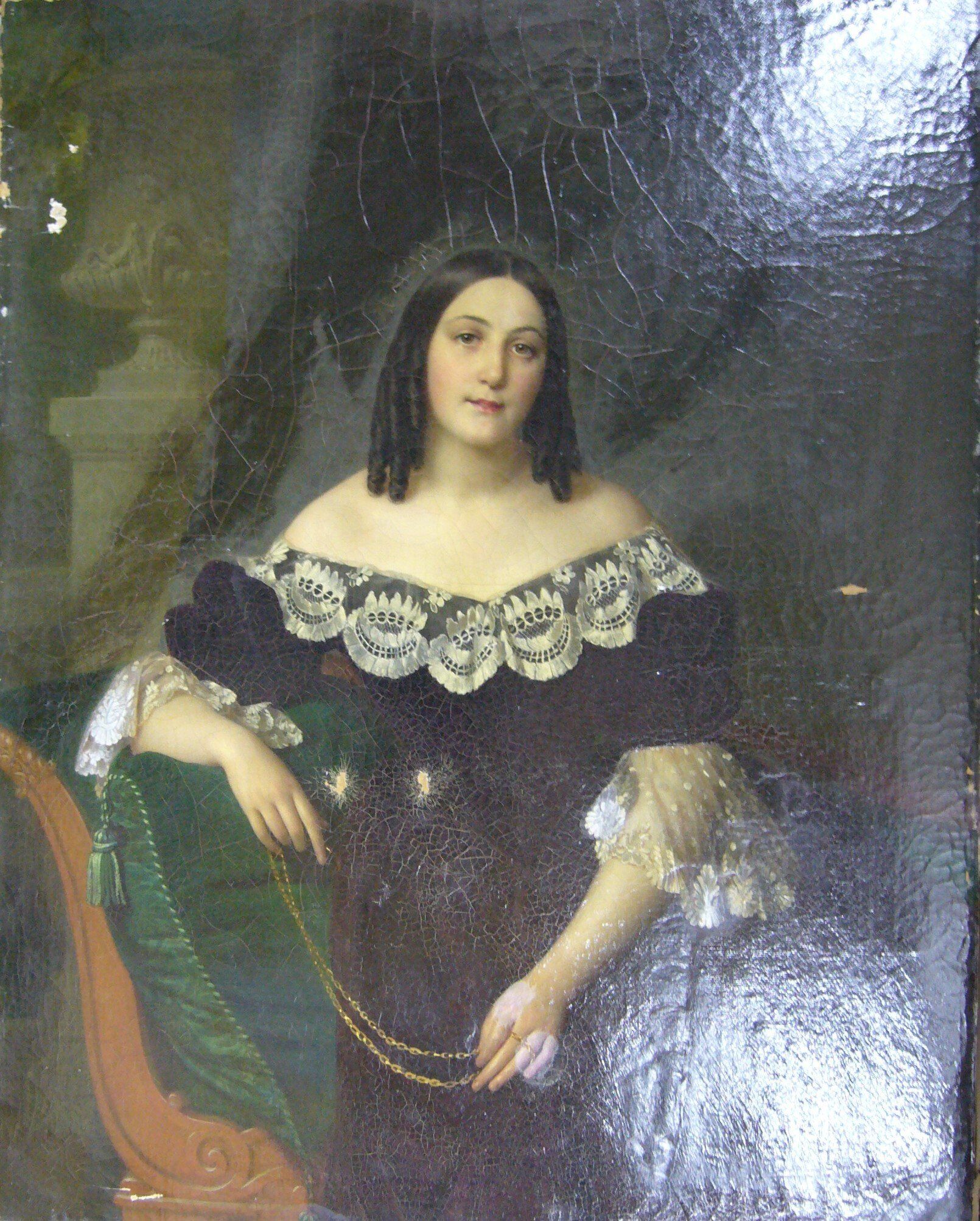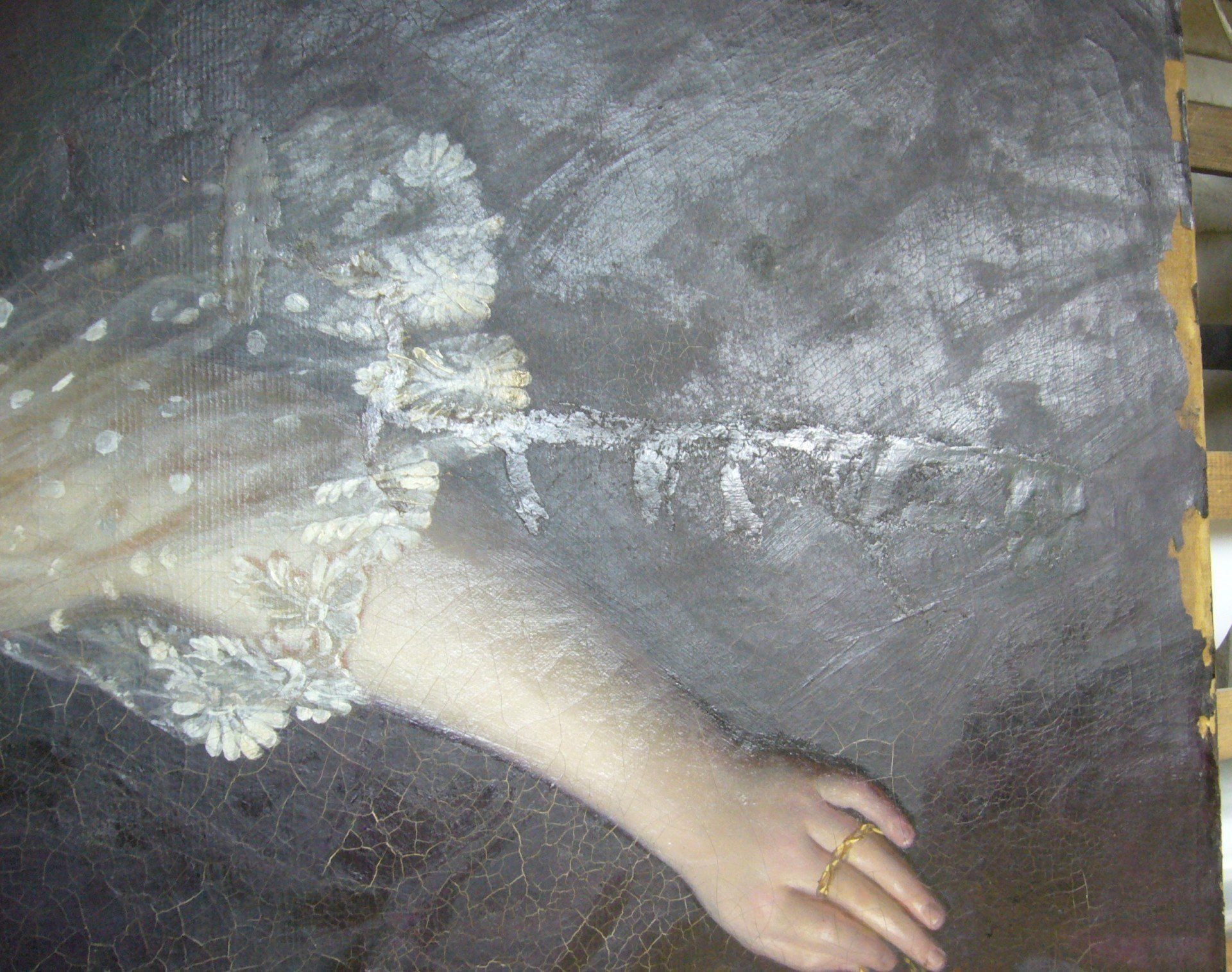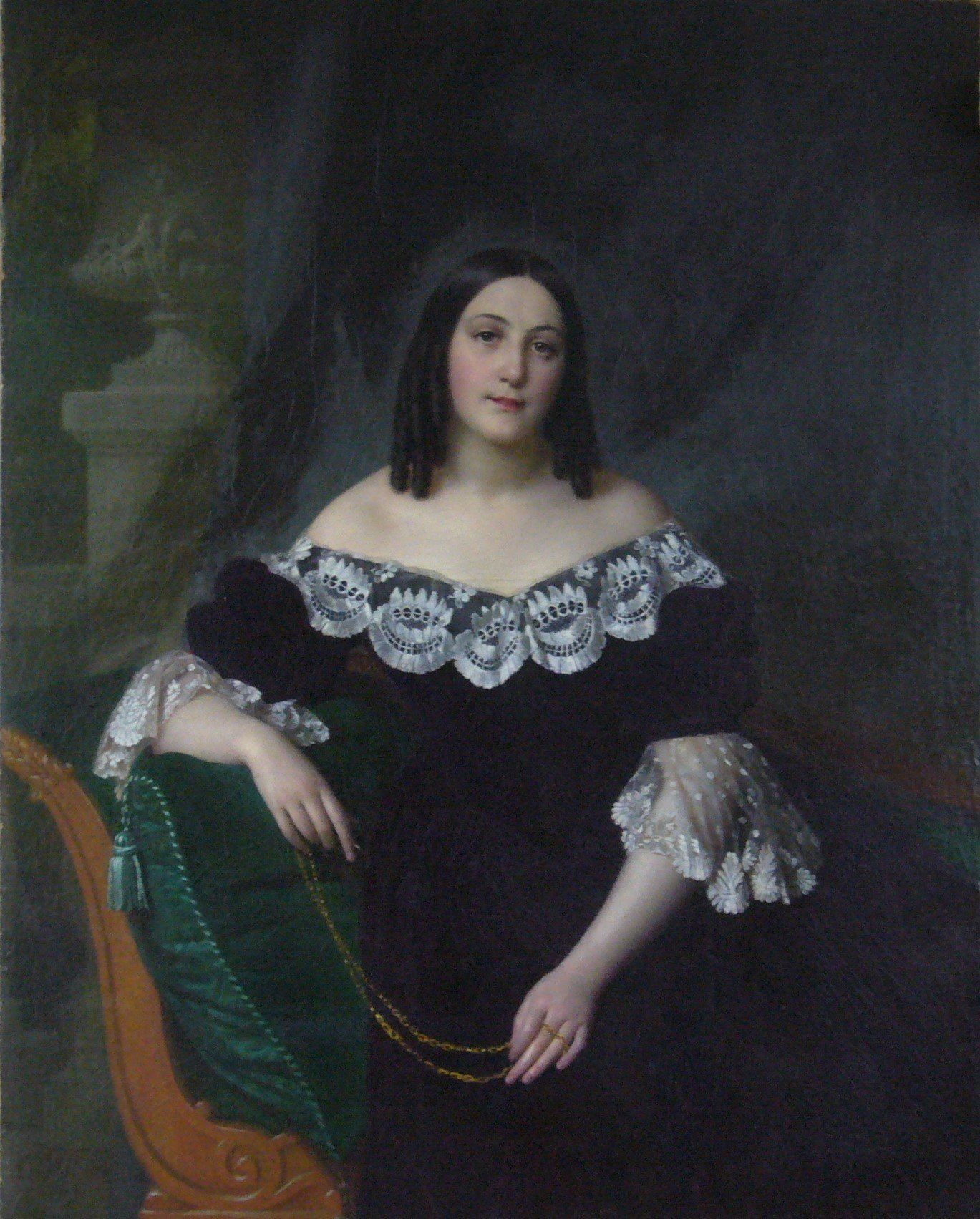
Art Conservation and Restoration
As well as all the standard restoration processes, John Jacobs Studio prides itself on being at the forefront of structural conservation development. For nearly 50 years we have invented and refined many unique and sophisticated techniques, particularly in the structural restoration of oil paintings and picture lining methods.
Typically a complete structural and image restoration of an oil on canvas would be: joining of canvas tears, consolidation of flaking paint, removal of old lining, our special vacuum surface treatment to refresh and level the canvas, then applying a transparent lining to support the canvas and hold the damages and cracks level whilst preserving the impasto. After the structural work we would then clean the face of the painting, fill any paint losses, restore paint losses and re-varnish the painting.
Call Toby Jacobs to discuss your project:
+44 (0)7973 530 777
Unique Specialist Techniques
Consolidation of Paint Layers : We use our own special formulation of BEVA 371 adhesive (Berger Ethylene Vinyl Acetate - a specially designed reversible conservation adhesive designed by Gustav Berger) that has a lower viscosity and therefore deeper penetration ability than the commercially available BEVA. Our BEVA formulation together with our unique heat-assisted impregnation process allows us to effectively consolidate flaking paint particularly in the often difficult cases of wooden and copper panels. Although sometimes we would also use aqueous adhesives depending on the nature of the paint we were dealing with.
Surface Treatment : Often pictures have undulations in the canvas, stretcher bar marks, cracking or other damages. As long as the damages are not too large, a surface treatment restores the natural level of the canvas and improves cracking without the need for lining. This treatment is also able to restore the natural canvas feel of a picture that has been previously lined and is to be left un-lined. Our unique vacuum envelope surface treatment allows us to maintain even the slightest impasto while still levelling the canvas and even restoring embedded impasto from previous lining processes.
Transparent Lining : Our unique system of transparent lining allows us to maintain visibility of any stamps, marks or inscriptions on the back of the original canvas that would otherwise be covered up by the lining material. Our lining method uses our special formulation BEVA adhesive together with glass fibre cloth in such a way as to form a transparent, matt surface on the back of the original canvas. This is often so clear that it is visibly hard to tell if the picture has been lined at all. The BEVA-glass fibre cloth combination is highly durable and long-lasting. It can be compared to a highly refined and reversible fibreglass layer that holds the canvas in suspension. If the transparency of the back of the canvas is not needed or if the picture requires a traditional lining we can apply a dry-back canvas to the back of the picture or even an aged canvas from our stock to maintain the old-lining appearance.
To see some examples of our work check out the projects page.
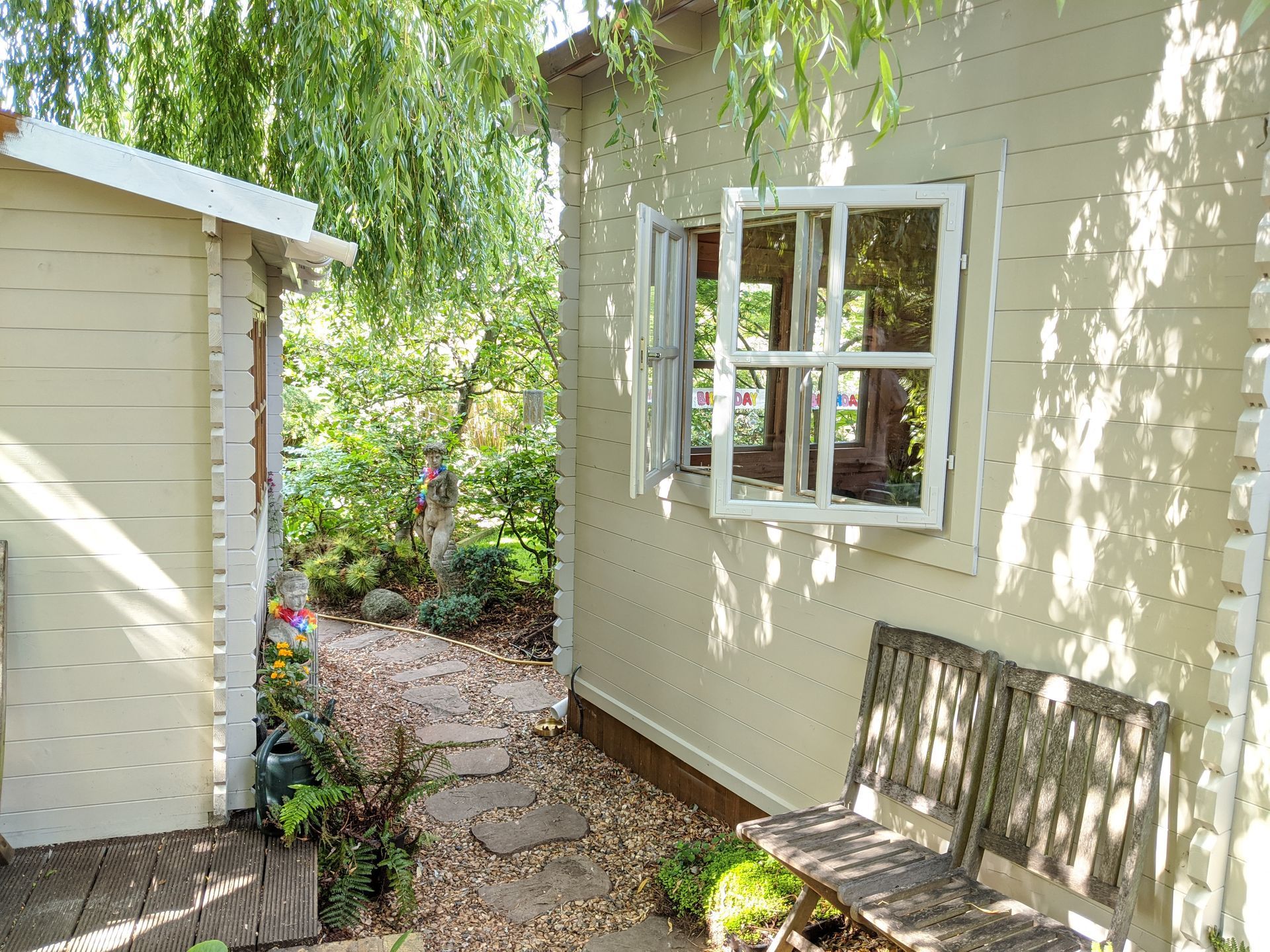
Gallery on the left, Studio on the right
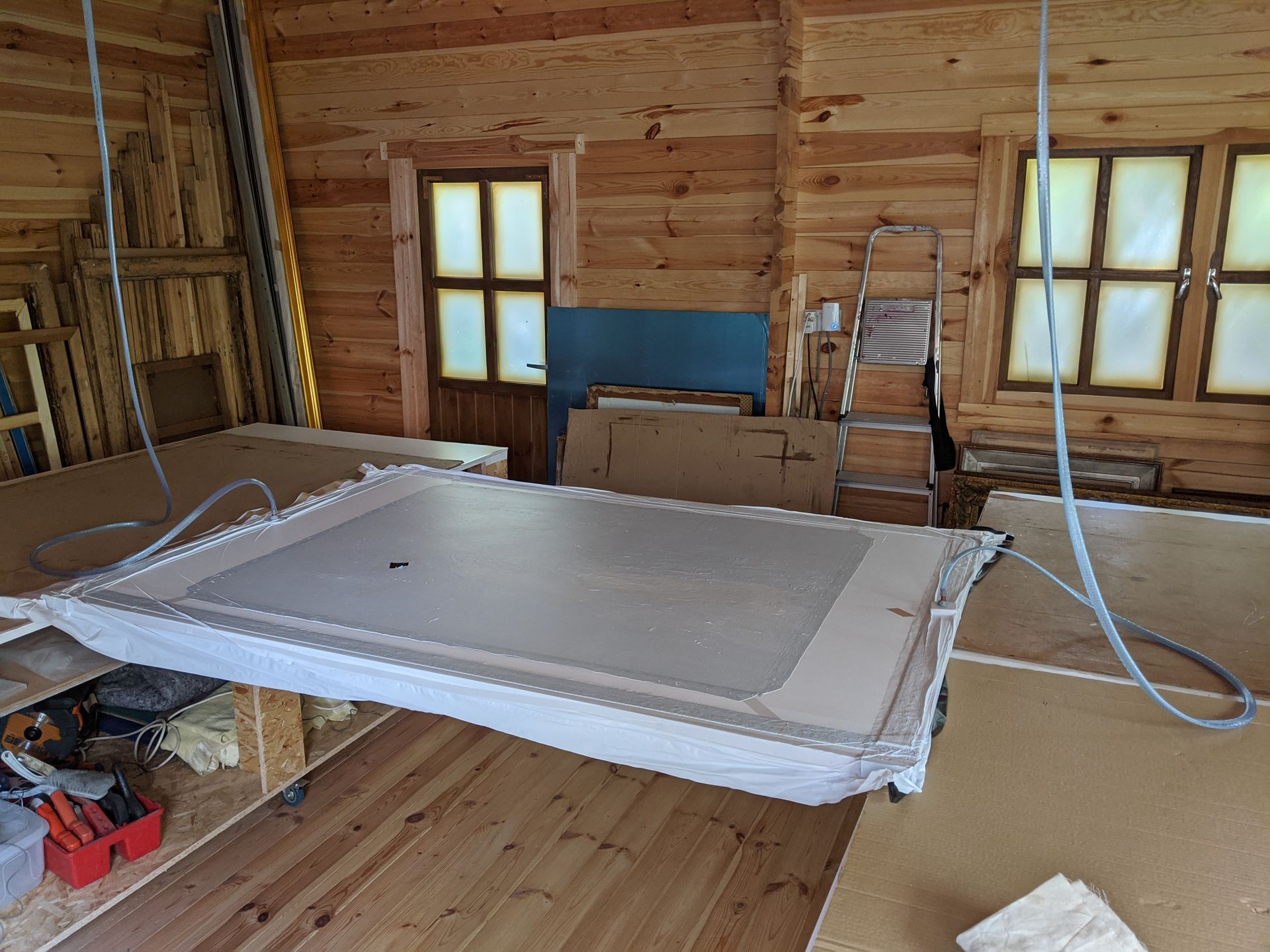
Picture in vacuum envelope
